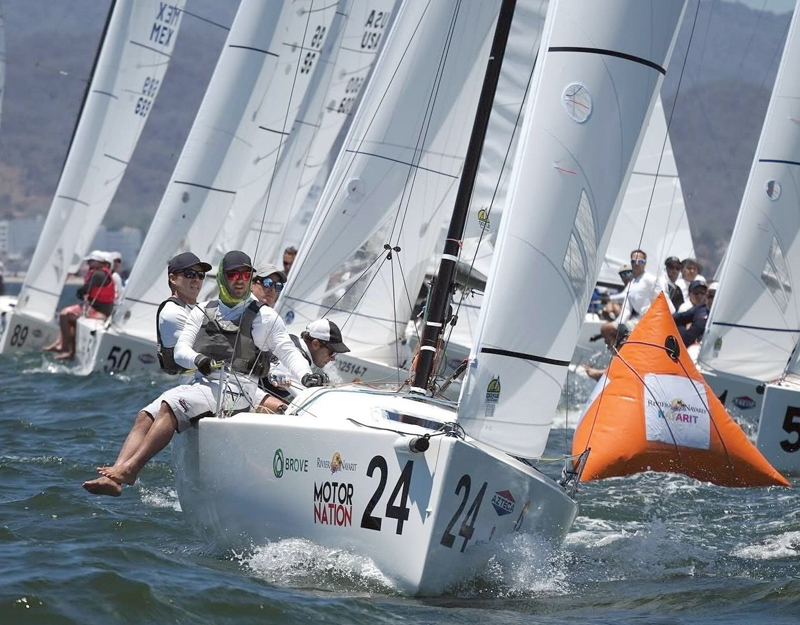Patrick Wilson on Mindset, Teamwork, and Making Gains!
On the Sailfaster Podcast Pete Boland recently featured top professional sailor and boat preparer Patrick Wilson of Charleston, SC, in a wide-ranging two-part conversation covering boat speed, racecourse strategy, mental preparation, and how to get a boat ready for top-level competition. Listen to the full episode on Apple Podcasts or watch on YouTube!

Sailfaster: What’s your approach to mental preparation before a regatta?
Wilson: I definitely deal with some anxiety—just a general kind of anxiety. So, before a regatta I try to do some meditation in the morning, some breathing… just to keep the fever down, so to speak, when things hit the fan. But the biggest thing I do well is that when I go sailing, it’s one of the only times I can truly be in the moment. I leave my phone at the dock. If we’re going downwind in waves and I’m trimming the kite, all I care about is how we’re catching the next wave—nothing else. It sounds simple, but it’s hard to do!
How important is team communication to performance?
We’re all pros, so communication is pretty solid, but it can still be tough to get everyone aligned. One thing Truby (Morgan Trubovich) brings to the table is his ability to talk to the team about focus. A lot of performance comes down to how you sail as a team and how you respond to each other. When you’re on a good team, you can feel it. You’ve got an edge on the fleet just because of how you operate together.
How do you judge if a team is functioning well?
For me, it’s when we’re at dinner having a great conversation that has nothing to do with sailing. That’s when it hits me—this is probably a pretty good team. We’ve got common interests, we’re getting along, and it shows we’re here for more than just the racing. We respect each other.
Let’s talk starts. What’s changed recently?
Five or six years ago, if you had a good line sight, you could start mid-line and be boat-lengths ahead thanks to the sag. Then, Velocitek came along, and pinging became a thing. Now with Vakaros RaceSense, it’s pretty binary—if the box says red, you’re over. It’s starting to feel a bit like a video game, and it’s all about two things: ratio and density. Ratio is meters to seconds; within the last 30 seconds, you need about 10 meters more than seconds to accelerate. Density is about finding a patch of line that’s not packed. The ones who get both of those right usually have the best starts.
Any overlooked parts of the course where you find gains?
The weather mark and offset leg. We fight tooth and nail for six inches to foot upwind to cross another boat, or you get to the mark and everybody kind of takes a break for 20 seconds on the offset. I think if you continue to hike hard and really focus on trimming your sails, you can pick up half a boat length, even a boat length on the offset. I think that it also leads into a better set because everybody’s a little more switched on going to that set.
What’s your personal edge?
I don’t think there’s a magic bullet. I’ve never felt more talented than anyone else. I just try to outwork them. I’m a big believer in the Malcolm Gladwell 10,000-hour rule. If I’m going to beat you, it’s probably because I’ve put in more time, more effort, and made slow, steady gains.
Subscribe to Sailfaster, the number one podcast for racing sailors.
Find more racing articles here.




